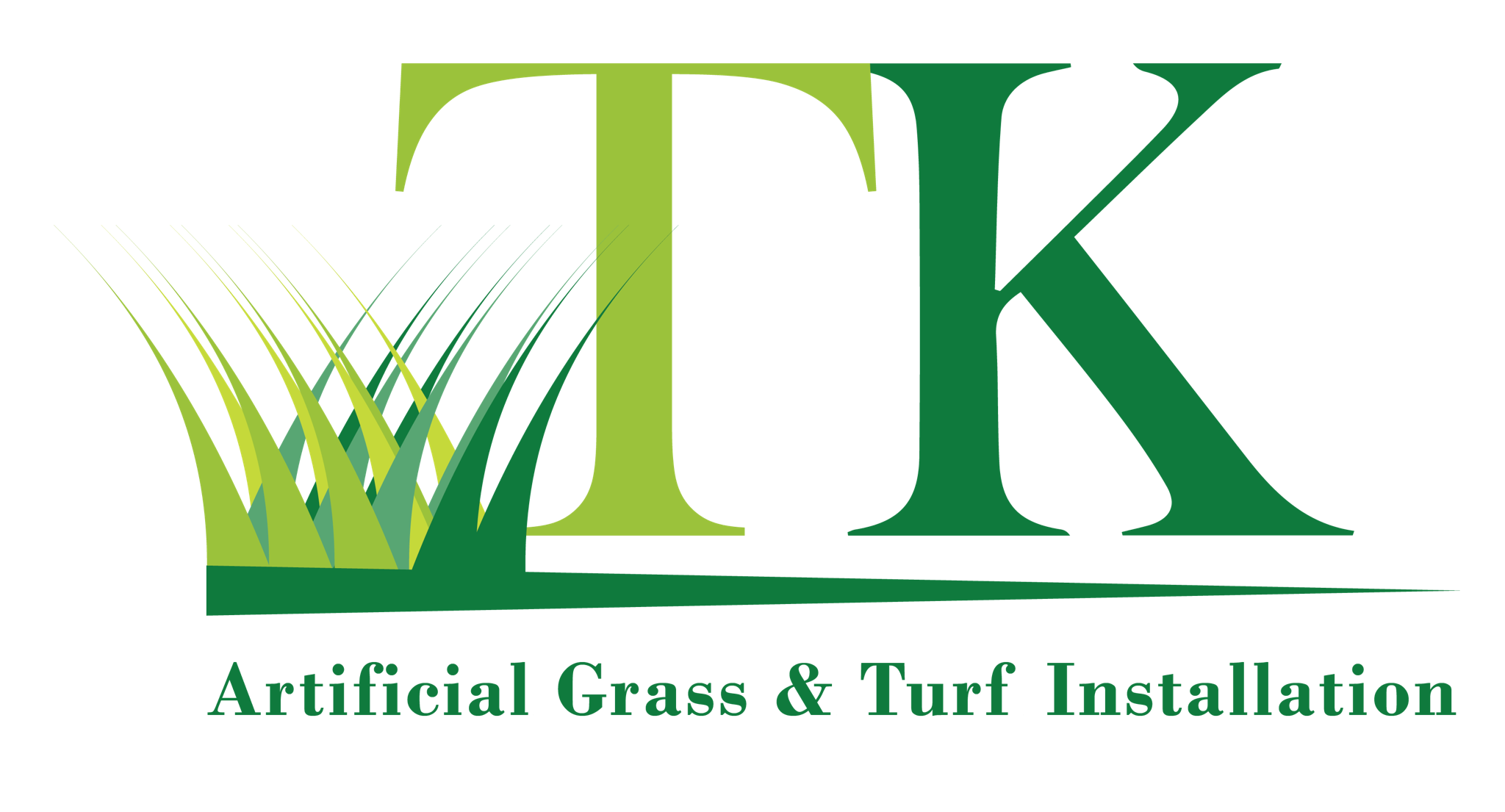If you’re considering installing Synthetic Turf in your backyard or at your school, you’ve probably already heard some of the benefits that this type of grass can provide. But what are the cons of synthetic turf? Let’s find out! Read on for tips to help you choose the perfect turf for your needs. And remember, safety is the number one priority when it comes to synthetic turf! After all, the safety of your kids’ play is your first priority, right?
First, make sure your artificial grass is made of the right kind of infill material. This will help make the synthetic grass softer and more attractive. Most artificial turf infills are made of crumb rubber, which has caused problems in the past, but ceramic coated sand is totally safe to use! You can learn more about infill by visiting other sports fields. And be sure to visit the fields of other organizations to see how they manage their artificial turf.
Another important safety concern with synthetic turf is heat stress. The temperature of synthetic turf can reach a dangerous level, and watering the artificial turf may reduce this problem. However, watering synthetic turf is not a foolproof solution. Several studies have not found a clear correlation between heat stress and synthetic turf. You may want to consider this as an important factor when choosing turf for your outdoor space. There are many benefits of synthetic turf.
However, there is a risk of bacterial infections on synthetic turf. Some athletes are at risk for bacterial infections, but it has not been proven that this is caused by synthetic turf itself. The risk of bacterial infections is actually largely related to physical contact and sharing contaminated equipment with other athletes. Using proper hygienic practices will help you avoid these risks. You should also make sure that no one shares equipment when playing on synthetic turf.
The pros and cons of sports injuries are still up for debate. In fact, studies that compare the rates of injuries on artificial turf and natural grass do not show significant differences. This is because the different products have different levels of risk, but the overall injury rate is the same for both types. Nevertheless, you should be sure to choose the type of surface that is right for your situation. The best way to make an informed decision is to get a second opinion. It is likely that the synthetic turf will be safer for you in the long run.
The pros and cons of synthetic turf are often based on the performance and safety of a sports venue. The first generation of artificial turf was similar to a carpet, and it felt hard. There was a higher risk of injuries, especially for players with joint problems. It was also viewed as unappealing by fans. In 2001, FIFA approved synthetic surfaces at four professional club venues in England. During the 2005-06 season, the European Champions League final was played on grass. For any further questions, follow us on google! TK Turf of Naples specializes on artificial grass installation in Naples and the entire SW Florida area.
Learn more from our other great reads!

Recent Comments